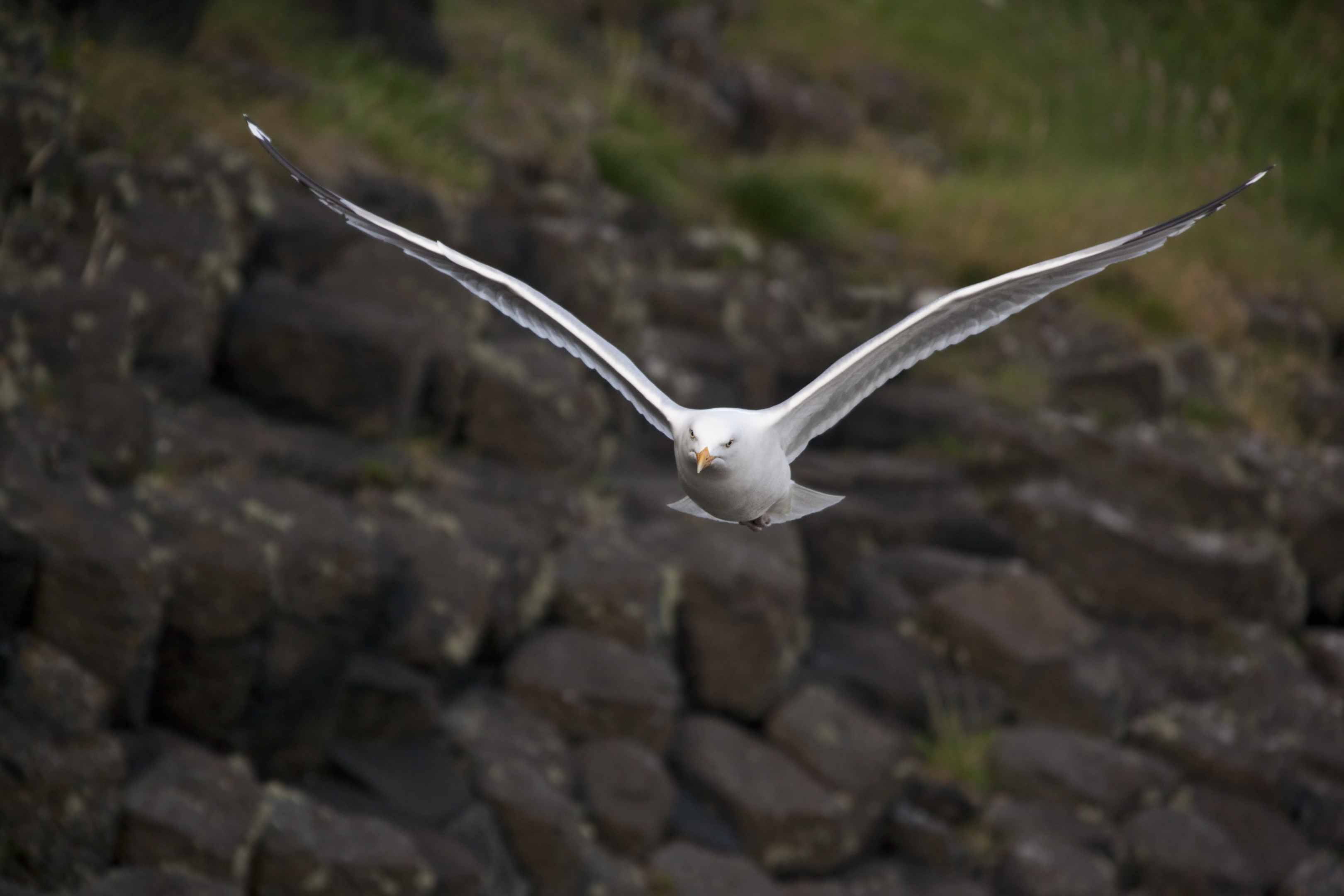
A PROJECT satellite-tracking hundreds of British and Irish seabirds has revealed new insights into where species search for food at sea.
The study, which tracked and modelled behaviour of kittiwakes, shags, razorbills and guillemots, can help assess potential impacts from offshore wind farms and other activities and where protected areas of the seas should be, researchers said.
Lightweight GPS tags were fitted to more than 1,300 adult birds from 29 different colonies around the UK and Ireland, to track where they went once they left their breeding colonies to catch fish at sea.
The data was used to create a computer model for each species to predict important areas at sea for other colonies where no tracking took place, estimating where birds travelled from some 5,500 breeding sites.
Results from the five-year study published in the journal Ecological Applications reveal the extensive areas of sea the four seabird species use – at least 1.5 million square kilometres (600,000 square miles), an area three times the size of Spain.
It shows how far they travel from their nests in search of food for their chicks.
And it reveals use of the seas by all four species is concentrated in the coastal waters of Scotland, highlighting the importance of conservation measures there.
As UK administrations consider post-Brexit fishing policies and the creation of protected sites to safeguard seabird feeding grounds, the analysis provides critical data to inform marine management, the experts said.
The four species studied require conservation help, with kittiwake numbers declining 71% in the past 25 years and shag populations down 61%, meaning both seabirds are “red listed” and need urgent protection.
Razorbills and guillemots are “amber listed” which mean they are considered to need conservation action.
Dr Mark Bolton, RSPB principal conservation scientist, said: “Our rich and diverse marine environment makes Britain and Ireland among the greatest areas in the world for seabirds and this new research is further evidence of just how important our seas are for seabirds and their chicks during the breeding season.”
He added: “In order to strengthen this research and our predictions, there is an urgent need for a complete seabird census which will provide an accurate and up-to-date estimate of the size of our seabird breeding colonies.”
Dr Ewan Wakefield, from the University of Glasgow and lead author of the research, said: “Many seabirds are at the top of the marine food web.
“They feed on sandeels and other small fish but that prey is declining because of human pressures, including climate change.
“The result is that thousands of seabird chicks are dying each year because their parents can’t feed them.
“For the first time, this study provides us with a full map for each breeding colony of the feeding areas for some of our most important seabird species.
“That means we can now protect the places these birds catch the fish they need to feed their hungry chicks, securing the future seabird generations of these amazing creatures.”

Enjoy the convenience of having The Sunday Post delivered as a digital ePaper straight to your smartphone, tablet or computer.
Subscribe for only £5.49 a month and enjoy all the benefits of the printed paper as a digital replica.
Subscribe